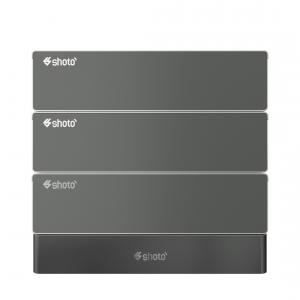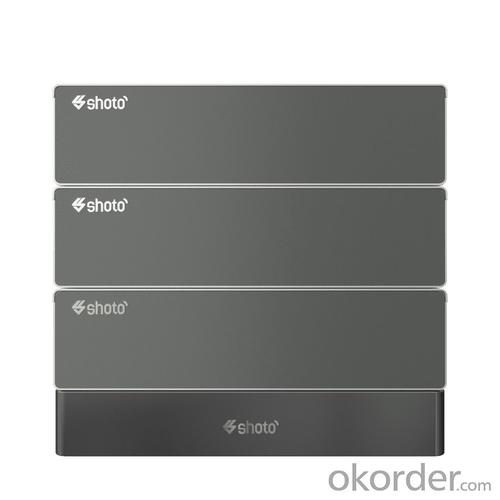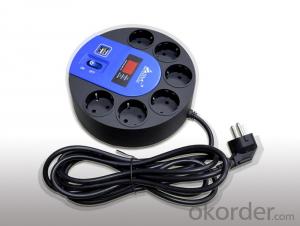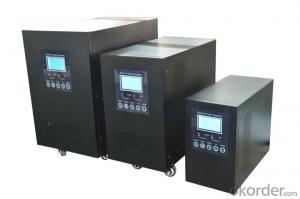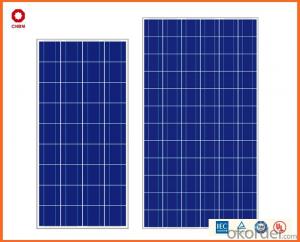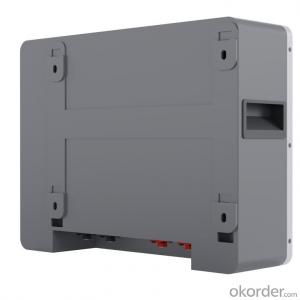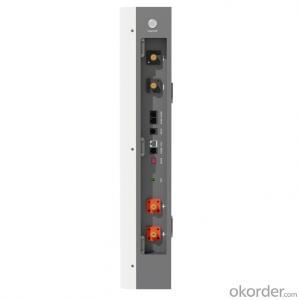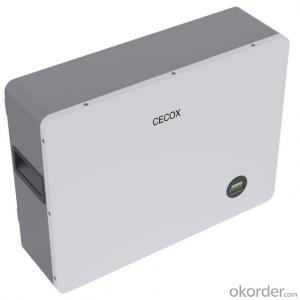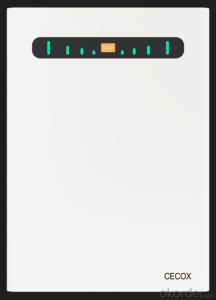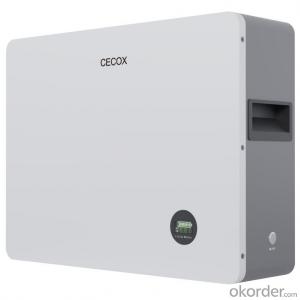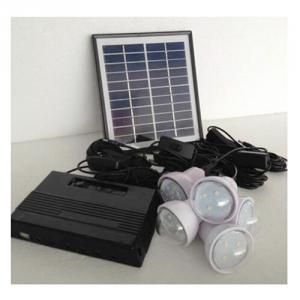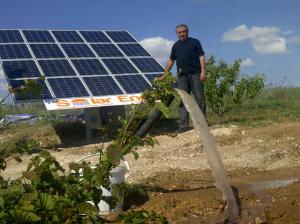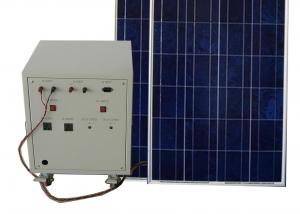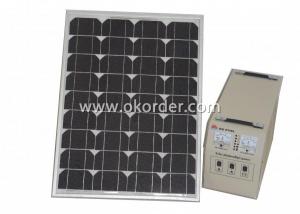Maui Solar Energy Systems Maui Shoto LifePO4 Battery Cells Wall Mount Power Rack 48V 200Ah 10.2kWH 6000Cycles Li-ion Battery
- Loading Port:
- SHANGHAI
- Payment Terms:
- TT OR LC
- Min Order Qty:
- 50 set
- Supply Capability:
- 5000 set/month
OKorder Service Pledge
Quality Product, Order Online Tracking, Timely Delivery
OKorder Financial Service
Credit Rating, Credit Services, Credit Purchasing
You Might Also Like
Specification
Application:
Home
Output Voltage (V):
51.2v
Work Time (h):
8 hours
Introduction:
Solar energy preferably used by domestic appliances, and additional Energy is stored in battery.
During the day, when battery is fully charged, the additional energy produced by solar can be sold and fed into the public .
At evening, the energy stored in the battery supplies electriciity to the domestic appliances.
At night, when the energy stored in the battery is depleted, the public grid supplies energy to the domestic appliances.
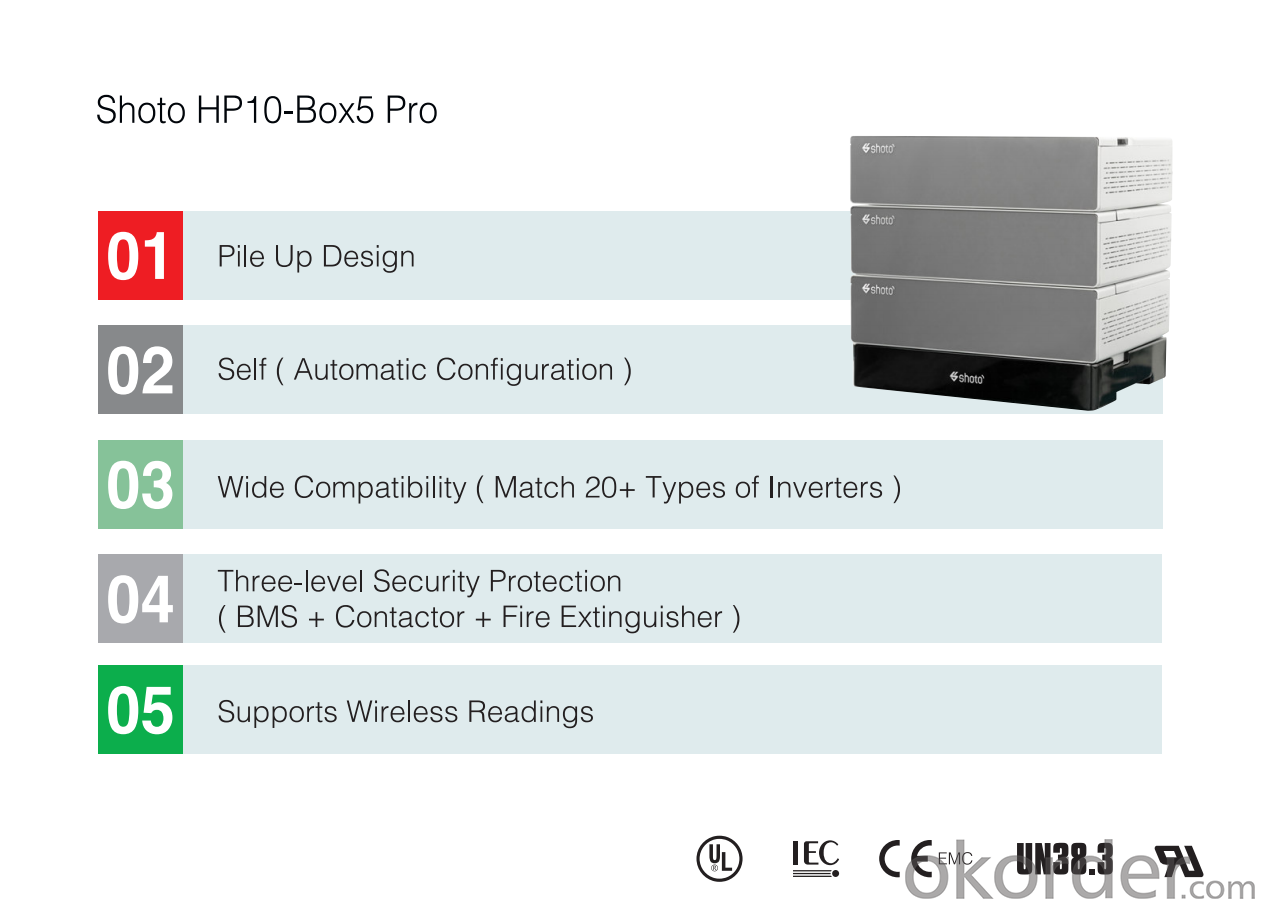
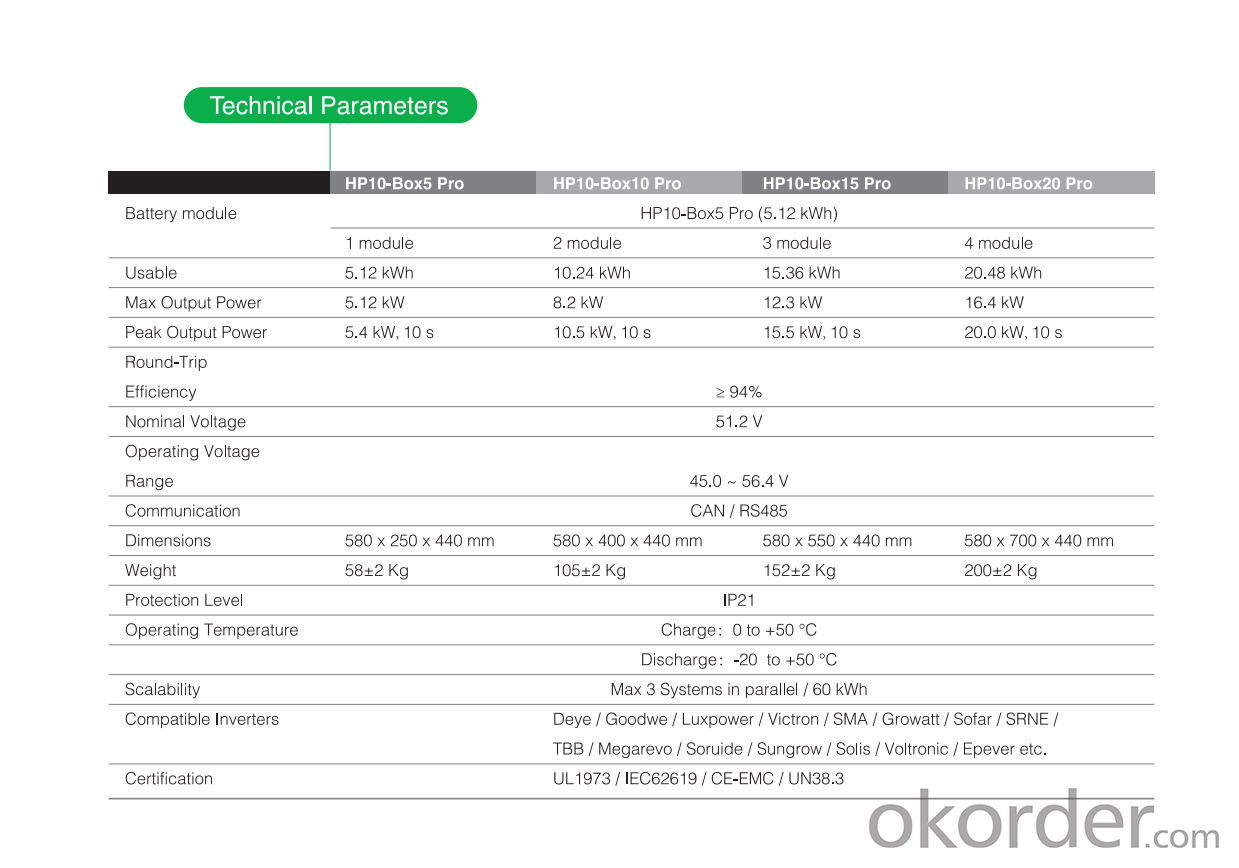
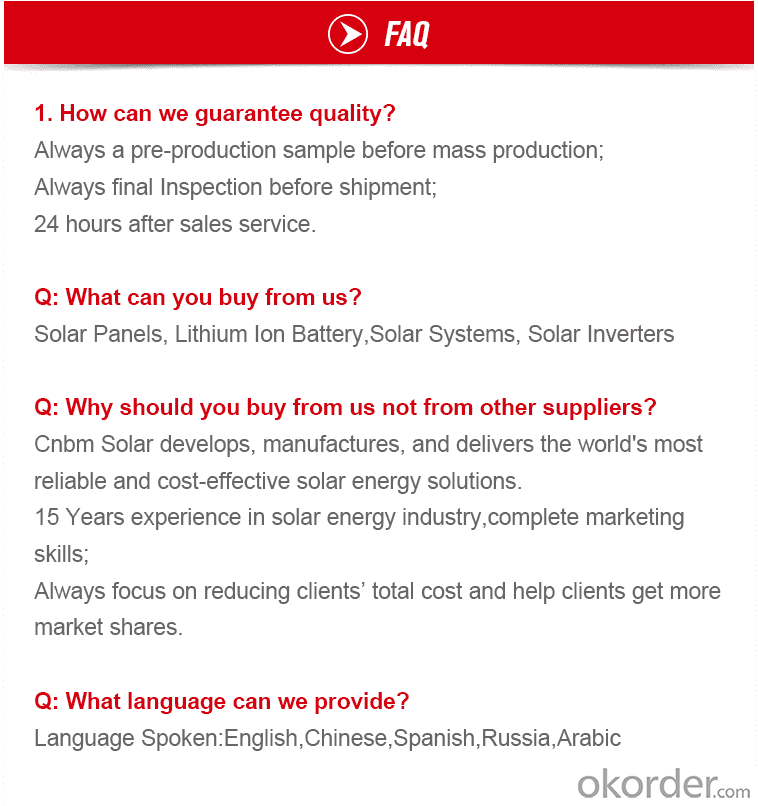
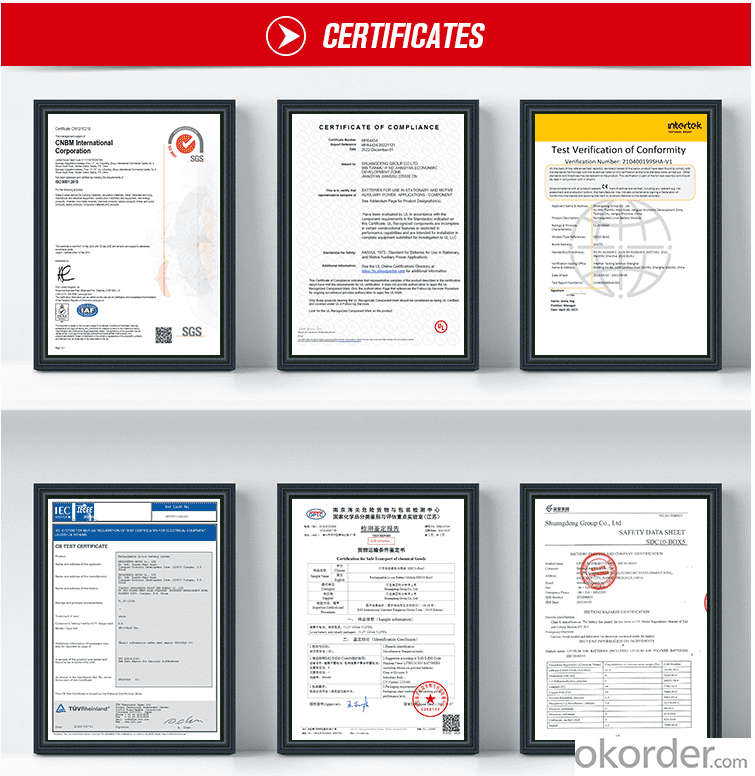
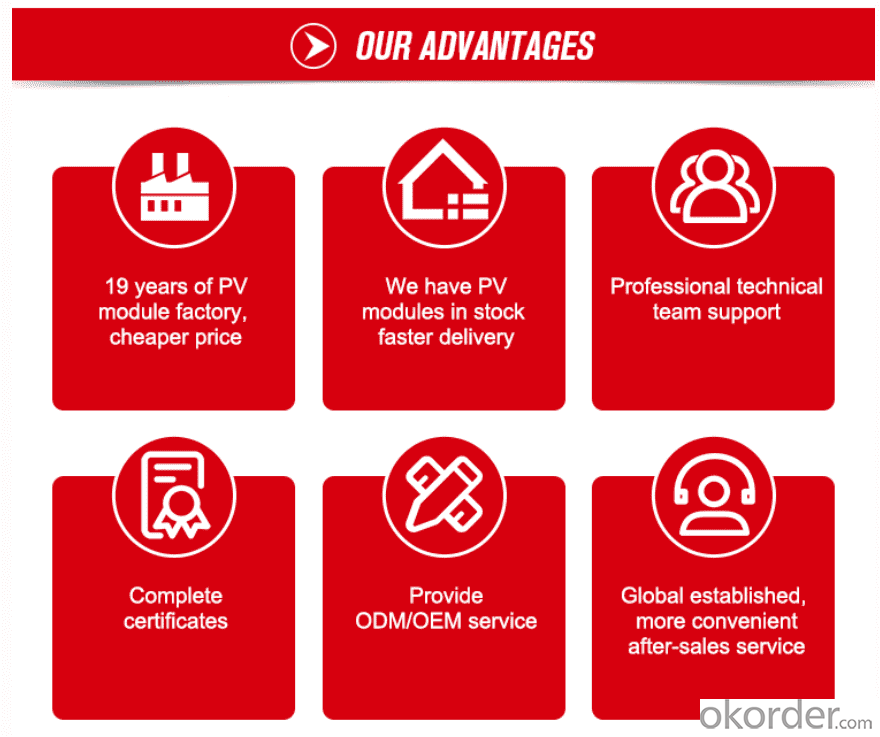

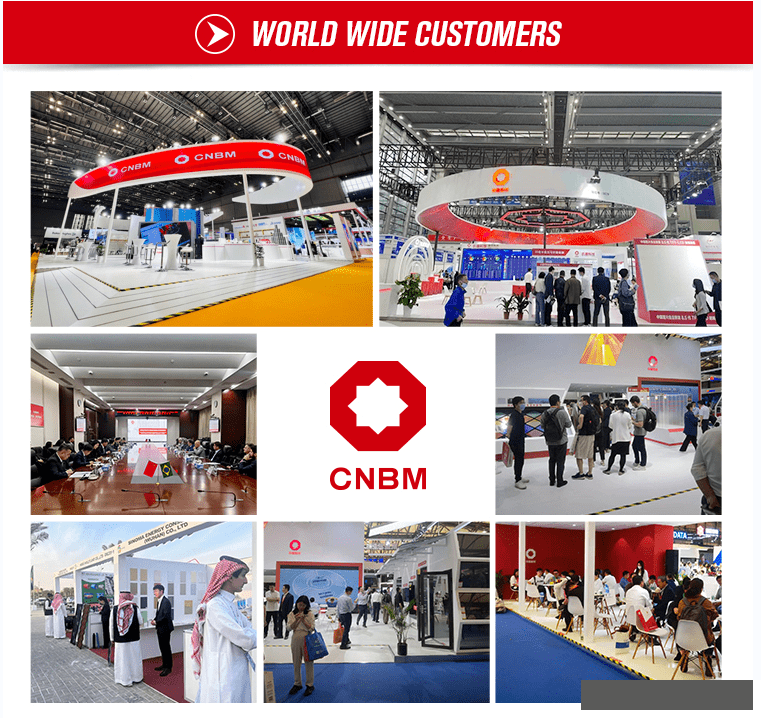
- Q: Are there any risks of electrical grounding issues with solar energy systems?
- Yes, there can be risks of electrical grounding issues with solar energy systems. Improper grounding or lack of proper grounding can lead to electrical shocks, system malfunctions, and even fire hazards. It is crucial to ensure that solar panels, inverters, and other electrical components are correctly grounded to minimize these risks and ensure the safe and efficient operation of the system.
- Q: How do solar energy systems affect water usage?
- Solar energy systems have a minimal impact on water usage compared to traditional energy sources. Unlike fossil fuel power plants that rely heavily on water for cooling and steam generation, solar energy systems do not require water for their operation. This makes solar energy a more sustainable and eco-friendly option, as it reduces water consumption and helps conserve this vital resource.
- Q: Can solar energy systems be used in areas with high wind speeds?
- Yes, solar energy systems can be used in areas with high wind speeds. While wind speeds can affect the performance and efficiency of solar panels to some extent, modern solar panels and mounting systems are designed to withstand high wind speeds. Additionally, solar and wind energy systems can complement each other, allowing for a more reliable and efficient renewable energy generation in areas with both high solar irradiation and strong winds.
- Q: What is the impact of fire on solar panels?
- The impact of fire on solar panels can be quite significant and detrimental. Fires can cause direct damage to the panels, resulting in their complete destruction or rendering them inoperable. The high temperatures generated by fires can melt or warp the delicate components of the solar panels, such as the photovoltaic cells and the wiring. This damage can make the panels incapable of producing electricity. Furthermore, the smoke and soot generated by fires can cover the surface of the solar panels, reducing their efficiency by obstructing sunlight and decreasing the amount of light that can be absorbed. This can lead to a significant reduction in power output from the panels. In addition to the physical damage caused by fires, the heat and flames can also pose a safety risk to the surrounding area. Solar panels are typically installed on rooftops or in open areas, making them vulnerable to fire hazards. If a fire occurs near or on a solar panel, it can increase the risk of the fire spreading and causing further damage to the property. To mitigate the impact of fire on solar panels, it is crucial to have proper fire safety measures in place. This includes using fire-resistant materials for the installation of solar panels and ensuring that the panels are adequately protected from potential fire sources. Regular maintenance and cleaning of the panels are also essential to remove any debris or soot that may accumulate, thus maximizing their efficiency and minimizing the risk of damage in the event of a fire. Overall, the impact of fire on solar panels can be severe, leading to physical damage, decreased efficiency, and safety risks. It is crucial to take necessary precautions and implement fire safety measures to protect solar panels and minimize potential losses.
- Q: Can a solar energy system be installed in a desert environment?
- Yes, a solar energy system can be installed in a desert environment. In fact, deserts are ideal locations for solar power generation due to the ample sunlight and lack of shading. The high temperatures in deserts can also increase the efficiency of solar panels.
- Q: How does the cost of solar energy compare to other energy sources?
- Solar energy has become increasingly cost-competitive with other energy sources in recent years. While the initial installation costs of solar panels can be higher, the long-term operational and maintenance costs are significantly lower. Additionally, the cost of solar technology has been steadily declining, making it more affordable for consumers and businesses. Moreover, solar energy benefits from abundant and free sunlight, reducing the reliance on expensive and finite fossil fuels. Overall, the cost of solar energy is becoming increasingly comparable and, in some cases, even cheaper than traditional energy sources.
- Q: Are there any government incentives or rebates for installing solar energy systems?
- Yes, there are government incentives and rebates available for installing solar energy systems. These incentives vary by country and region, but they often include tax credits, grants, and rebates to help offset the initial costs of installation. Additionally, some governments offer feed-in tariffs, which allow solar energy system owners to sell excess electricity back to the grid at a premium rate. It is advisable to check with local government agencies or consult with a professional to understand the specific incentives available in your area.
- Q: Are there any risks of electrical shocks during installation or maintenance of solar energy systems?
- Yes, there are risks of electrical shocks during the installation or maintenance of solar energy systems. Solar energy systems involve working with electrical components, including solar panels, inverters, and batteries, which can carry high voltage. If proper safety measures are not followed, it is possible to come into contact with live electrical parts and receive an electrical shock. Some common risks that can lead to electrical shocks include improper installation, inadequate training or knowledge of electrical systems, failure to use personal protective equipment (PPE), and lack of proper grounding. When installing or maintaining solar energy systems, it is crucial to follow safety guidelines and regulations, such as wearing insulated gloves, using insulated tools, and ensuring that the system is properly grounded. Additionally, working at heights during installation or maintenance poses an additional risk of electrical shocks. It is important to exercise caution to prevent falls or accidental contact with live electrical parts while working on rooftops or elevated areas. To mitigate the risks of electrical shocks, it is recommended to hire qualified and trained professionals for the installation and maintenance of solar energy systems. Regular inspections and maintenance checks should also be conducted to identify and address any potential electrical hazards. Overall, while solar energy systems offer numerous benefits, it is essential to be aware of the potential risks of electrical shocks and take necessary precautions to ensure the safety of individuals involved in the installation or maintenance process.
- Q: How do solar energy systems contribute to reducing greenhouse gas emissions?
- Solar energy systems contribute to reducing greenhouse gas emissions in several ways. Firstly, solar power is a renewable energy source that does not release any harmful greenhouse gases during its operation. By replacing fossil fuel-based electricity generation, solar energy systems significantly decrease the amount of carbon dioxide and other greenhouse gases emitted into the atmosphere. Secondly, solar energy can be used for heating and cooling purposes, reducing the reliance on fossil fuel-powered systems that contribute to greenhouse gas emissions. Lastly, the widespread adoption of solar energy systems encourages a shift towards a more sustainable and environmentally friendly energy mix, leading to long-term reductions in greenhouse gas emissions.
- Q: What is the environmental impact of using solar energy systems?
- Solar energy systems have a significantly lower environmental impact compared to traditional energy sources. The primary environmental benefits of using solar energy include reduced greenhouse gas emissions, minimized air and water pollution, conservation of natural resources, and decreased reliance on fossil fuels. Additionally, solar energy systems have a relatively low ecological footprint and are renewable, making them crucial for transitioning towards a more sustainable energy future.
Send your message to us
Maui Solar Energy Systems Maui Shoto LifePO4 Battery Cells Wall Mount Power Rack 48V 200Ah 10.2kWH 6000Cycles Li-ion Battery
- Loading Port:
- SHANGHAI
- Payment Terms:
- TT OR LC
- Min Order Qty:
- 50 set
- Supply Capability:
- 5000 set/month
OKorder Service Pledge
Quality Product, Order Online Tracking, Timely Delivery
OKorder Financial Service
Credit Rating, Credit Services, Credit Purchasing
Similar products
Hot products
Hot Searches
Related keywords
